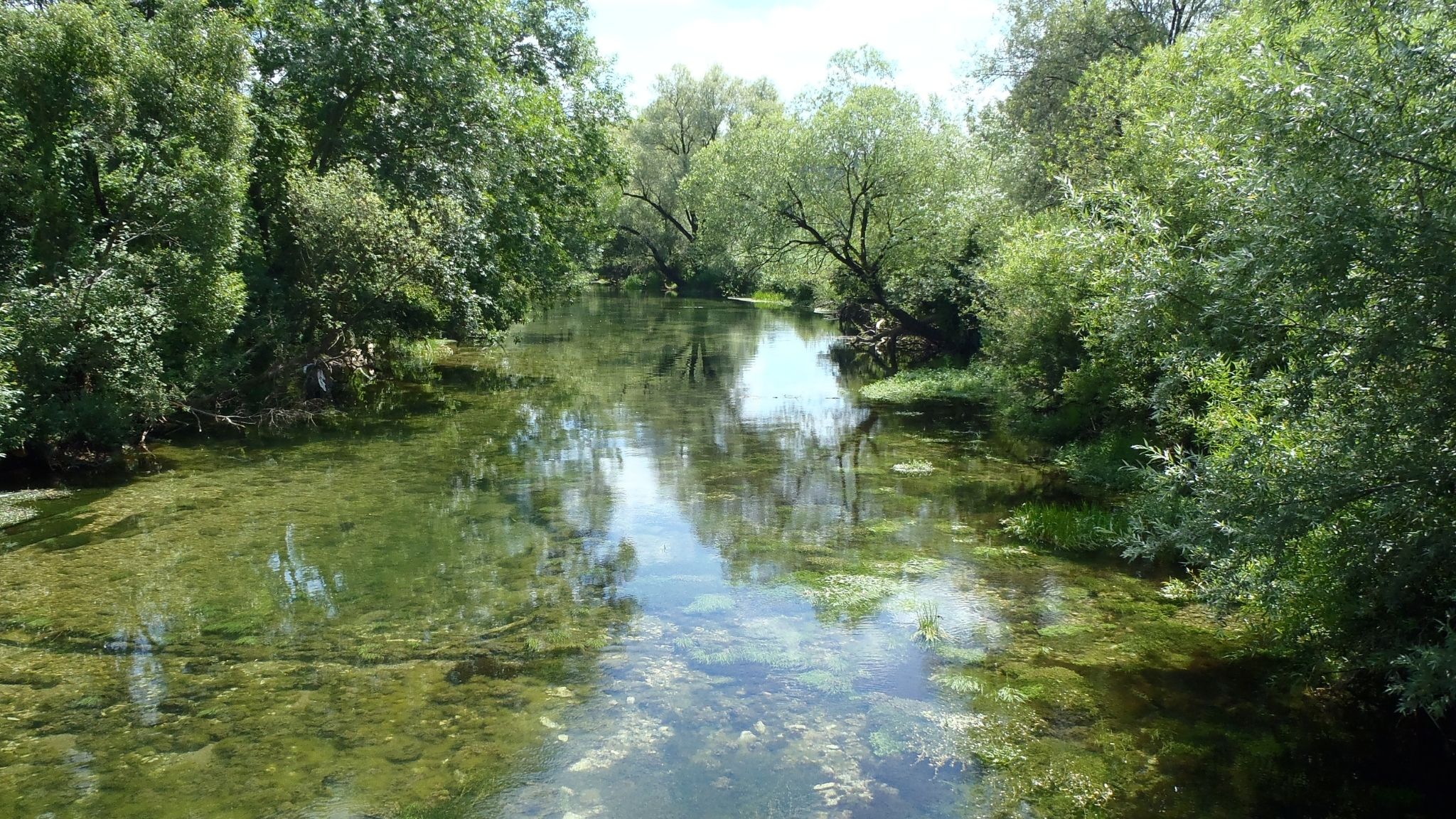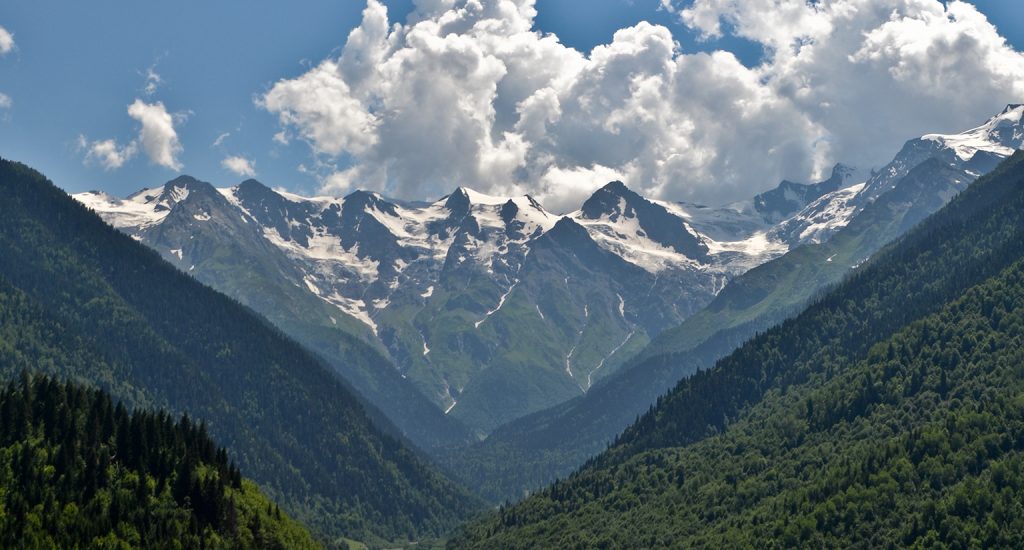The countries of the Energy Community Treaty have diverse energy mixes, but hydropower has traditionally played a strong role in many of them. Albania is almost completely reliant on dams for its domestic electricity generation, followed by Georgia with an average of 80 per cent of electricity generated by hydropower and Montenegro with an average of 55 per cent.

Stay informed
We closely follow international public finance and bring critical updates from the ground.
Background
The countries of the Energy Community Treaty have diverse energy mixes, but hydropower has traditionally played a strong role in many of them. Albania is almost completely reliant on dams for its domestic electricity generation, followed by Georgia with an average of 80 per cent of electricity generated by hydropower and Montenegro with an average of 55 per cent.
But what started as a strength is becoming a liability. More and more erratic rainfall is exposing how vulnerable hydropower is to climate change, while its damaging impacts on biodiversity, groundwater and sediment transportation are becoming better understood.
This has not stopped decision-makers’ zealous plans to develop the sector, including in countries like Ukraine hydropower has not traditionally played a major role. Decades-old projects are still being pushed against all economic and environmental logic, while a rash of small hydropower plants driven by feed-in tariff schemes has destroyed rivers and streams across southeast Europe.
The good news is that there are alternatives, with lower costs for the environment and also, increasingly, for the public purse, and that resistance to the unnecessary destruction of life-giving rivers is increasing day by day.
IN FOCUS
Latest news
Albania’s Skavica dam can’t get off the ground – time to finally cancel it!
Blog entry | 24 November, 2025The highly damaging hydropower project could hardly have had stronger political support at its inception, with the country’s parliament passing a special law in 2021 to appoint U.S. construction giant Bechtel as the main contractor. But four years later, the project has stagnated, with no environmental permit and no financing.
Read moreRomania’s Parliament paves the way for environmental destruction and ‘foreign agent’ repression
Blog entry | 20 October, 2025Romania stands at a dangerous crossroads. Last week, a law initiated by the senator Daniel Zamfir in 2022 and already then rejected by the Senate, passed by a crushing majority (262–33) in the decisive Deputies Chamber.
Read moreExpanding the Emerald Network: Progress and gaps in the Western Balkans
Blog entry | 9 October, 2025At the 15th meeting of the Bern Convention’s Group of Experts on Protected Areas and Ecological Networks – held from 7 to 8 October 2025 in Bar, Montenegro – participants reviewed progress towards establishing the Emerald Network of protected areas. As part of the programme, the group visited Lake Skadar, one of Montenegro’s key Emerald sites, acknowledging the government’s efforts to safeguard this unique ecosystem.
Read moreRelated publications
Revealed: EBRD climate crimes rising
Bankwatch Mail | 17 May, 2012 |EBRD efforts to clean up its energy lending in central and eastern Europe are being undermined by extensive fossil fuel investments, with astonishing increases in the EBRD’s backing for coal and oil projects in 2011.
Ombla hydropower project under fire in the European Parliament
Bankwatch Mail | 14 May, 2012 |The 68 MW Ombla underground hydropower project, for which the EBRD approved a EUR 123.2 loan in 22 November 2011, is once again under fire, this time in the European Parliament. Both the project itself and its approval process have attracted widespread criticism from civil society and biodiversity experts as the project location forms part of a future Natura 2000 site. In 2008 the Croatian State Institute for Nature Protection declared the project “unacceptable for nature”.
Environmental standards in hydro power projects in Georgia
Briefing | 9 May, 2012 | Download PDFIn recent years Georgia’s government has sought to position the country as a future regional renewable energy hub. Governmental plans include the construction of transmission lines and numerous hydropower plants (HPPs), in order to ensure electricity exports to Turkey and subsequently to gain access to the south-east European market by 2015-2017. The number and technical design of the planned HPPs do not comply with the principles of sustainable development, and they are bound to have serious negative impacts on the environment.




